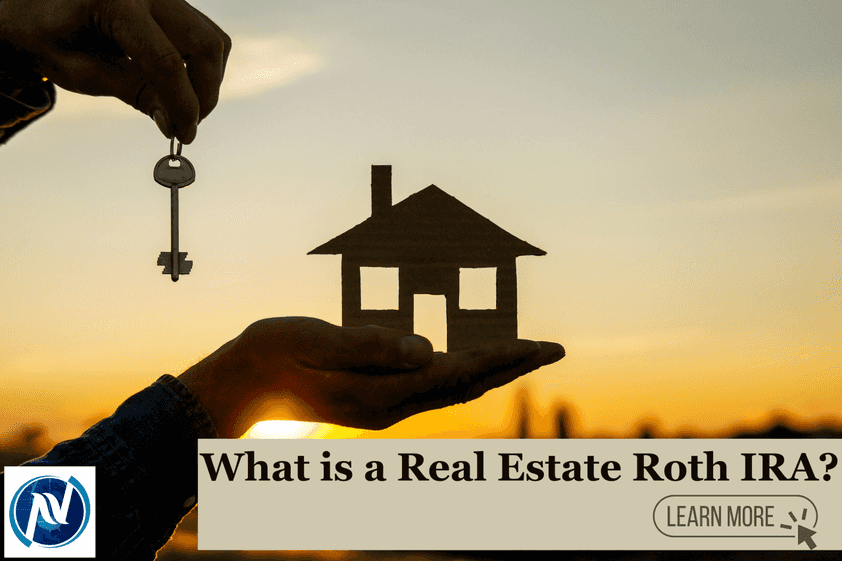What is a Real Estate Roth IRA?
A Real Estate Roth IRA refers to a Self-Directed Roth IRA in which you hold real estate assets. It’s not a unique type of Roth IRA but instead refers to the fact that through self-direction, you can hold alternative assets—from real estate to precious metals. Within a “Real Estate Roth IRA,” you’re selecting to use …

A Real Estate Roth IRA refers to a Self-Directed Roth IRA in which you hold real estate assets. It’s not a unique type of Roth IRA but instead refers to the fact that through self-direction, you can hold alternative assets—from real estate to precious metals. Within a “Real Estate Roth IRA,” you’re selecting to use a Self-Directed Roth IRA to house these real estate assets, which can include anything from REITs (real estate investment trusts) to Single-Family Home investments.
With the definition out of the way, let’s think about what it might be like to hold real estate in a Roth IRA—and the benefits of doing so.
The Tax Advantages
One of the biggest reasons investors choose a Roth IRA is the tax benefits. You’re investing through a retirement account, after all—and there are reasons people do that.
The Roth in particular has tax benefits that many real estate investors like. A Roth IRA is funded with after-tax dollars, which means that once your money is in the account, it grows tax-free. When you eventually withdraw your earnings in retirement, you won’t owe taxes on them. That can make a huge difference if your real estate investments appreciate significantly over time.
Unlike traditional real estate investments, where profits from rental income or sales might be subject to capital gains taxes, a Self-Directed Roth IRA shields you from those burdens. However, you’ll still have to follow the IRS rules carefully, especially regarding prohibited transactions. You can’t personally use the property or rent it to family members. The investment has to serve the retirement account, not your immediate needs.
How to Purchase Real Estate Within a Roth IRA
Buying real estate through a Roth IRA isn’t as simple as writing a check. You need a Self-Directed IRA custodian to facilitate the transaction. The account (not you personally) is what will purchase and own the property. That means all expenses, from maintenance to property taxes, have to be paid directly from the IRA’s funds. Similarly, any rental income generated by the property has to go back into the IRA, not into your personal bank account.
Because of these restrictions, investors usually keep enough cash in the account to cover unexpected costs. If your IRA doesn’t have enough funds to cover a major repair, you can’t pay for it out of pocket without violating IRS rules. Some investors mitigate this risk by holding multiple income-generating properties or partnering with other investors to spread the financial burden.
Is a Roth IRA the Right Choice for You?
A Roth IRA offers long-term tax advantages, but it’s not the right strategy for everyone. Real estate is an illiquid asset, for example. That means it’s harder to sell quickly compared to stocks or mutual funds. If you think you might need quick access to your retirement funds, tying them up in property might not be the best move.
There’s also the challenge of funding the investment. Roth IRAs have annual contribution limits, which might make it difficult to save enough to purchase property outright. Some investors use non-recourse loans—loans secured only by the property itself—to finance a purchase, but that comes with additional risks and potential tax implications.
Interested in learning more? Reach out to us here by dialing 866-7500-IRA.
Get 15 minutes of free expert advice.
If you're not sure whether a self-directed IRA is right for you, schedule a 15-minute call with our industry veteran team. We'll explain the possibilities, help you evaluate your options, and answer all your questions - no pressure, no obligations.
